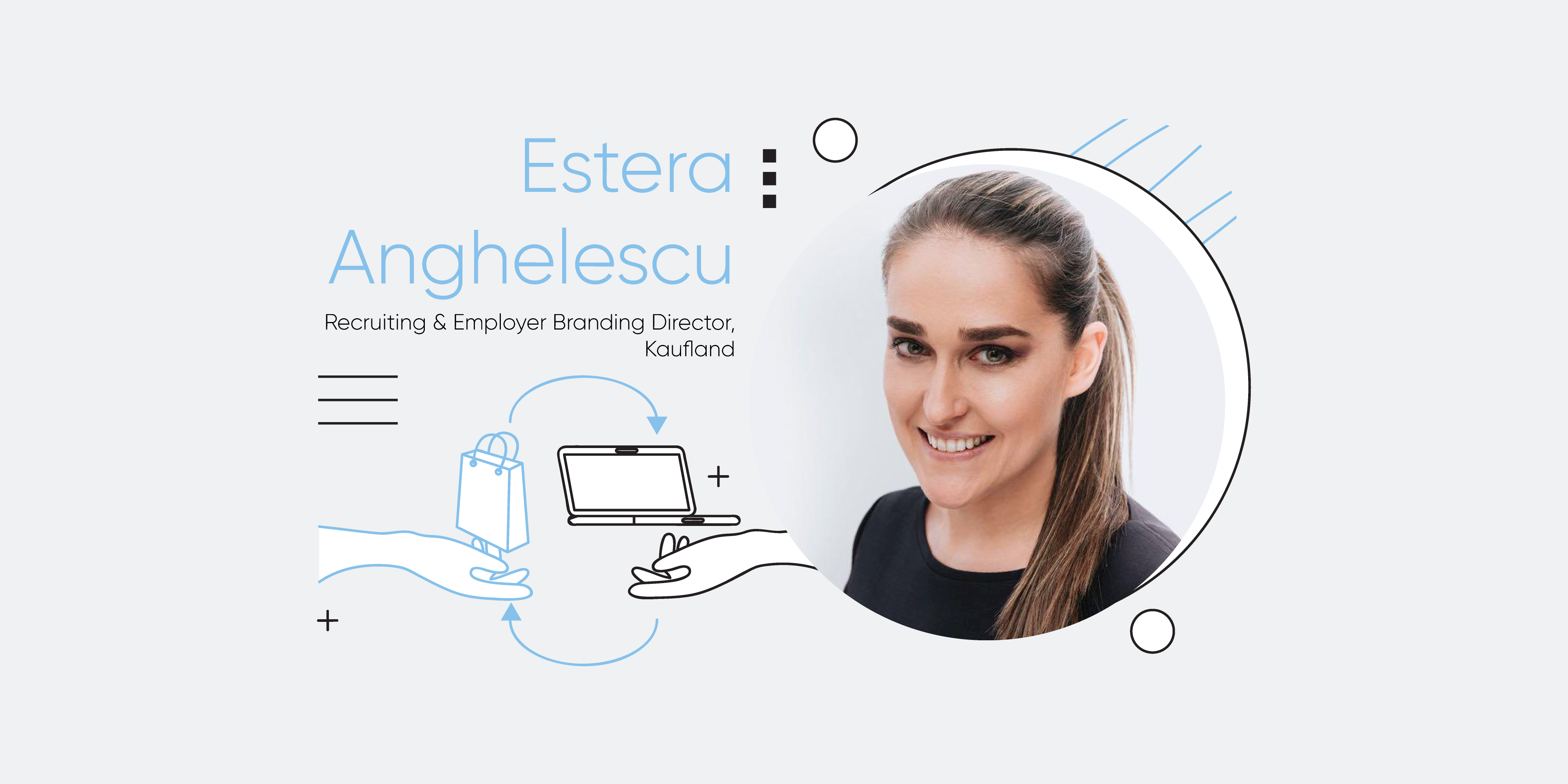At Kaufland, we have to hire a high volume of blue-collar workers each year. With nearly 1,300 hypermarkets in Europe (including 126 stores in Romania and 2 logistics centers, with 2 more stores planned for the near future in Moldova), we employ 150,000 workers throughout 7 countries. At the same time, we need to hire a number of white-collar positions. As you can imagine, the recruitment and talent acquisition costs for hiring on this scale can get quite high—even higher in times like these when employee turnover across the entire retail sector is astronomically high.
This would be a daunting position for any company to be in, but within the past couple of years, we’ve really thrived in terms of recruiting both blue and white-collar candidates. How? By recognizing that these two groups need to be approached differently and that neither of their needs can be entirely met by traditional recruitment methods like posting on job boards. Likewise, their needs aren’t being met by lengthy and complicated online application forms.
To combat these challenges, we organized our recruitment strategy around the idea that passive blue and white-collar job applicants had to be reached and engaged by timely and relevant content that speaks to their needs, challenges, and concerns.
Blue Collar Recruitment
You may be wondering how, exactly, we were able to reach and engage our target audience so successfully. One crucial component was understanding the differences between blue and white-collar job applicants. The first difference in our case, and in some ways most crucial, is that blue-collar applicants typically have to be reached in large volumes all at once. Where a C-level position could be sourced through a little bit of LinkedIn research and some networking, there’s simply no way to keep all the positions filled without continuously promoting an employer brand on social networks and other sites where passive blue-collar job seekers already spend their time. This meant dedicating resources to a multi-channel advertising approach, with content posted on Facebook, Instagram, Snapchat, LinkedIn, VK, Google, and YouTube (all channels where we determined that our candidate personas were likely to encounter our messaging), promoting not just open jobs but our company and its narrative more broadly.
Crucially, this narrative had to be tailored to blue-collar workers and their specific concerns. This meant working to buck stereotypes about retail jobs (i.e. that they’re low-paying and have little to no room for advancement) by presenting our openings in a more positive light. We had to help them understand the benefits of working at our company while showing them what life would really be like if they became members of our international team. Where white collar candidates might be inspired by a particular mission or an uncommon opportunity, these candidates want to know more specifically about work environments, what kinds of people they’d be working with, etc.
Blue Collar Vs. White Collar
While our biggest concern for blue-collar workers was recruiting in large volumes, when it came to white-collar positions our task was slightly different: we had to raise awareness among a highly targeted group of potential candidates, in order to make sure they associated our company with a strong employer brand message. While the mechanism for spreading our employer brand message was largely similar to our approach with blue-collar workers, the message itself had to be very different. Why? Because these candidates have a completely different set of concerns.
They say that your next hire is already hired, and with white-collar positions, that’s particularly true. As such, we had to be prepared to take candidates on a slightly longer journey, giving them a sense of our corporate mission and values so that if and when they do decide they’re ready to switch jobs, they think of our campaign right off the bat. Ideally, they would be able to envision themselves in their new role in our company, and they would take the plunge and submit an application. In this way, we could bolster our talent pipeline. The trick was a) crafting this narrative, and then b) creating targeted social media ad campaigns where this distinct demographic (as opposed to the blue-collar ones) spent their time. Ideally, we would be precise enough that no individual user would be likely to encounter both narratives.
Perfecting the Application Flow
Once you’ve got the messaging down, the next step is to make sure that your target candidates can easily apply for open positions. Across all industries, a huge percentage of candidates have dropped out of a company’s recruitment process because of a lengthy or time-consuming application, and this problem is especially irksome in high-turnover industries. In the past, conventional wisdom suggested that anyone who would drop out of your process because the application took too long or wouldn’t save wasn’t who you wanted to hire anyway, but times have changed—these days applicant experience is critical for recruiting, especially at high volumes.
We decided to implement functionality that would let applicants apply from their mobile phones in a straightforward fashion. Again, this is an instance where you have to consider the needs of your target audience—in the blue-collar department, most of our ideal hires are engaging with us via their smartphones, and there’s no reason to penalize them for that. More than that, we saw the application flow as a way to further our employer brand message by demonstrating the value we place on the time of our employees, both future and current. The result of this change was that 90% fewer people dropped out of our application process prematurely—resulting in a huge uptick in our total number of applicants.
Taken all together, these different strategies and innovations helped us decrease our average time per hire significantly. More applicants in less time with an easier way to manage them meant that our cost per hire dropped considerably as well, helping us to continue expanding our business. In an industry where workers often leave quickly and abruptly in large numbers, this was no mean feat!








